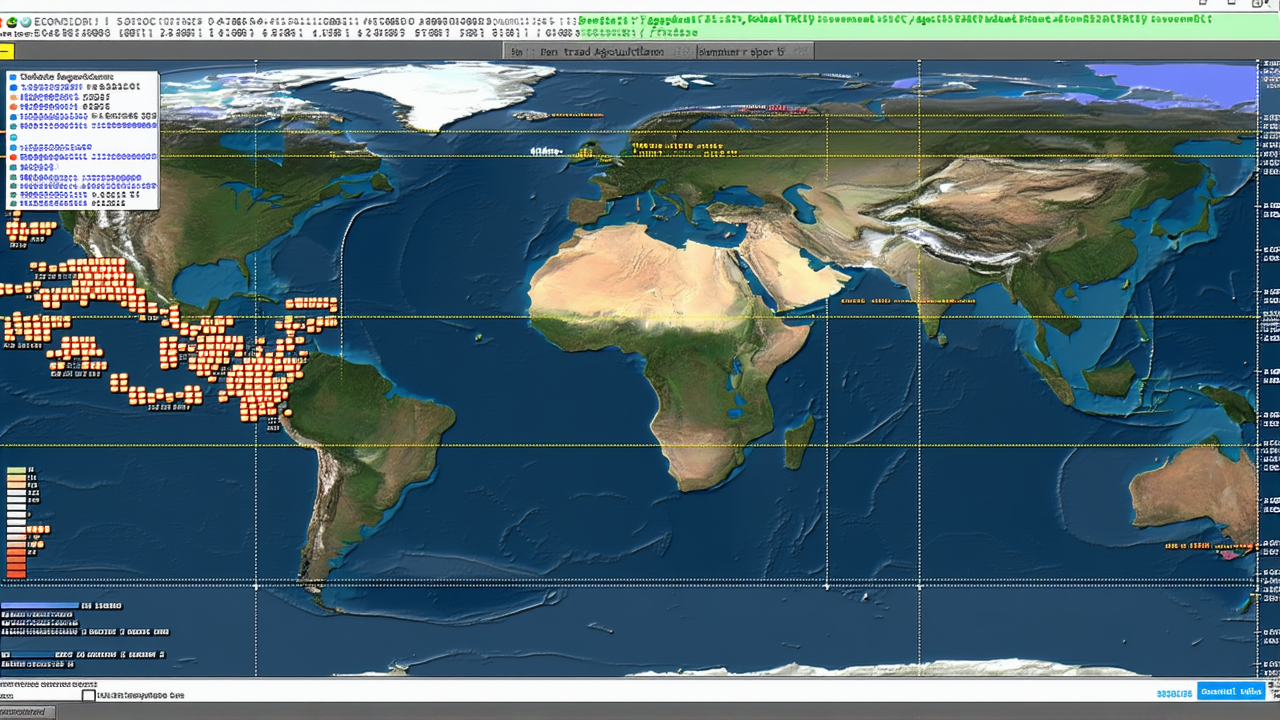Economic Challenges and Tariff Dynamics: A Closer Look at New Zealand's Economy and Global Trade
Keywords: New Zealand economy, agricultural exports, tariffs, inflation, retail spending, Reserve Bank of New Zealand, consumer prices, transportation costs, subsidies, economic challenges
Back to News List
Wednesday, 16 July 2025
New Zealand's economy is currently facing a mix of challenges and opportunities. On one hand, the domestic economy is struggling with weak business confidence and a slow recovery, while on the other, the agricultural export sector is experiencing a significant boom. This situation highlights the delicate balance the country must maintain as it navigates both internal and external economic pressures.
The domestic economic slowdown is evident in several areas, including retail spending and business investment. Despite some positive signs, such as a slight increase in core retail spending and lower mortgage rates, the overall outlook remains cautious. The Reserve Bank of New Zealand (RBNZ) has paused its rate-cutting cycle due to concerns over short-term inflation, creating a deadlock that could further undermine business confidence. This situation is compounded by the fact that many New Zealanders are still grappling with high living costs, which limits consumer spending and economic growth.
In contrast, the agricultural export sector is performing exceptionally well, driven by strong global demand and favorable market conditions. This boom is providing a much-needed boost to the economy, helping to offset some of the challenges faced by the domestic market. However, this reliance on exports also means that New Zealand is vulnerable to fluctuations in global commodity prices and trade policies. The country's economic health is closely tied to the performance of its agricultural sector, making it imperative for policymakers to support and sustain this growth.
The situation with tariffs, particularly those imposed by the United States under the leadership of Donald Trump, is also a significant concern. While Trump's recent threats to impose higher tariffs on imports from the EU, Mexico, and Canada have been met with skepticism by investors, the potential impact of these tariffs on global trade remains a critical issue. The 'boy who cried wolf' analogy is often used to describe Trump's tariff threats, as they have become increasingly routine and less impactful over time. However, the long-term implications of these threats could still be significant, especially if they lead to a shift in global trade dynamics.
The real measure of tariff impact is likely to be seen in the inflation data released by the U.S. and New Zealand. These data points will provide valuable insights into the effectiveness of tariff policies and their potential effects on consumer prices. In New Zealand, the upcoming Consumers Price Index (CPI) data for the second quarter will be closely watched, as it could signal whether inflation is under control or if further monetary policy adjustments are needed.
Another interesting aspect of the New Zealand economy is the pricing of goods, such as butter. The cost of transporting goods within New Zealand is often cited as a significant factor in the pricing of products. However, according to Fonterra, the actual transportation costs are relatively low, accounting for only 1% of the final price for domestic transport and 3% for international transport. This suggests that other factors, such as retail margins and government policies, may play a more significant role in determining the final price of products.
The question of whether the government should subsidize certain products, such as butter, is a complex one. While subsidies could make these products more affordable for consumers, they would also require significant government spending and could lead to unintended consequences, such as market distortions. The debate over subsidies highlights the broader challenges faced by policymakers in balancing economic growth, consumer affordability, and market efficiency.
In conclusion, New Zealand's economy is navigating a challenging landscape, with both domestic and global factors influencing its performance. The agricultural export sector's success provides a critical buffer against economic downturns, while the potential impact of tariffs and inflation remains a key concern. As the country continues to adapt to these challenges, it will be essential for policymakers to implement strategies that support economic growth, stabilize inflation, and ensure the long-term sustainability of the economy.
